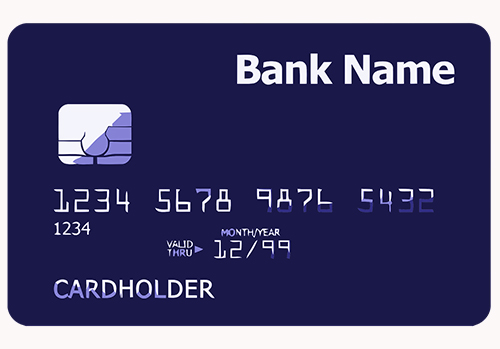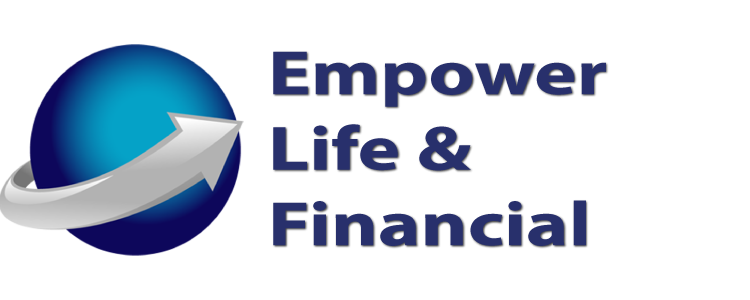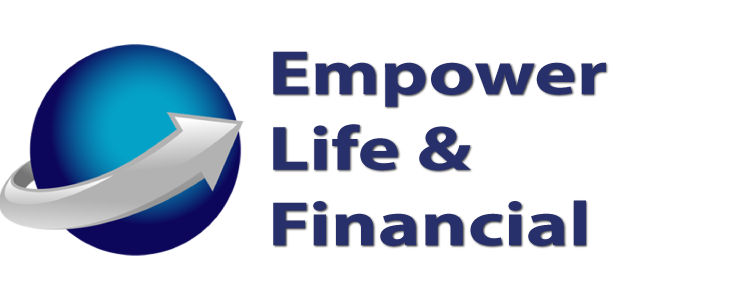
Picture By User: 27707 on Pixabay.
How many credit cards are currently in your wallet? Is your relationship with your credit cards a positive one or a negative one? In short, credit cards can be a good thing if you are responsible and don’t see them as free money. They can help you flex your dollar and even help you make larger purchases that wouldn’t have been available to you otherwise. Having an open line of credit can also benefit you by showing other lenders and financial institutions that you are reliable with your money. So why do credit cards have such a negative image? Well, the hidden dangers of credit cards aren’t readily apparent. If you don’t pay attention, you could find yourself in a mountain of debt or, worse, bankrupt. Here are a few tips to keep you above water and your credit cards in check.
Annual Credit Card Fees
When you open a new credit line, see if your credit card has an annual fee. What are annual credit card fees? These annual fees are self-explanatory; you are charged a fee to your account every year. These fees can range anywhere from $24 to $654! Imagine paying a fee just to have a credit card! Usually, benefits offset these annual fees. The advantages include increased travel rewards points, higher percentage cash-back rates, and more. When you sign up for a credit card, examine if the added benefits are worth the yearly membership cost. Other credit cards offer no annual fees, so remember to shop around. Doing this could save you a couple of bucks.
Are All Credit Card Benefits Worth It?
The short answer to this question is that it depends. If you’re like me and don’t travel often, having a travel rewards credit card doesn’t make sense. Many credit cards offer these benefits as an incentive to spend more money. Not all credit card benefits are as they seem. I’ve found that cash-back options sound great in theory because it’s free money, but if we do the math here, it typically isn’t very much. Let’s say you sign up for a 3% cash-back credit card. You would have to spend a ridiculous amount of money to see significant returns. If you spent $20,000 at 3% cash back, you’d have $600 in rewards. I don’t know about you, but I don’t casually drop $20,000. If we do the math the other way around, if you spend $100 at 3% cash back, you get a whopping $3! However, if you own a business that makes large purchases, it could be a great benefit. So, what is the answer? It truly depends on your situation.
How Do You Amount To Large Amounts Of Debt?
The easiest way to amass a large sum of debt is to have a high credit limit. A higher credit limit can open you up to some temptations that entice you to spend more just because you can. A pro to having a higher credit limit is the ability to lower your credit utilization; you can spend more money on your credit account without tanking your credit score. The higher your credit limit, the more you can spend. This situation appears good, but you also must pay it back! Factor in your interest rate, and you can see how you can get stuck in debt with no way to claw yourself out. Temper your spending habits, and you will not worry about large debts.
The bottom line with credit cards is to ensure you don’t spend outside your means. Just because you need to make a purchase doesn’t mean you should reach for your American Express and swipe away. Building credit can be good for your financial health. You need credit to purchase a car (this does not include a cash purchase, which you should do), and you need credit to buy a home. If you build your credit correctly, you can come out on top without repercussions. You could even take a fully funded vacation solely on credit card miles. It is possible!
Life Insurance Questions?
We hope that this information on how to handle credit and credit cards was useful to you.
If you’d like to learn how we can help you plan your retirement, call Empower Brokerage at (888) 539-1633 to speak to one of our Life and Annuity experts or leave a comment down below.
Get affordable life insurance quotes by clicking here.
See our other websites:

